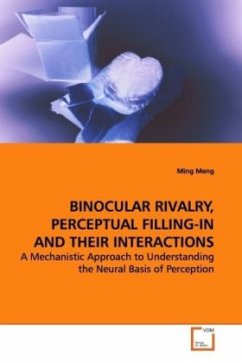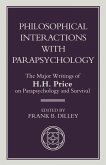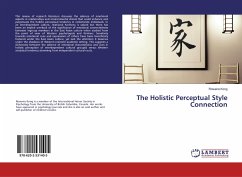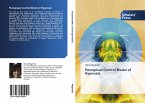Visual perception relies on both selective and
constructive perceptual processes. For example,
binocular rivalry leads to the selective perception
of one of two competing monocular stimuli, whereas
visual phantom formation leads to perceptual
filling-in of a large gap between two collinearly
aligned gratings. This book explores the role of
perceptual and attentional mechanisms in binocular
rivalry and perceptual filling-in, and investigates
the neural interactions between rivalry and
filling-in to gain new insights into the nature of
these perceptual phenomena. These studies provide
compelling new evidence suggesting that the neural
mechanisms underlying selective perception and
constructive perception both operate at early stages
of visual processing, and that dynamic interactions
can take place between these mechanisms at these same
early sites. Moreover, the mechanistic approach,
which this book takes to study visual awareness, is
more promising to help us understand how
consciousness arises as a consequence of brain
activity than merely searching for the neural
correlates of consciousness.
constructive perceptual processes. For example,
binocular rivalry leads to the selective perception
of one of two competing monocular stimuli, whereas
visual phantom formation leads to perceptual
filling-in of a large gap between two collinearly
aligned gratings. This book explores the role of
perceptual and attentional mechanisms in binocular
rivalry and perceptual filling-in, and investigates
the neural interactions between rivalry and
filling-in to gain new insights into the nature of
these perceptual phenomena. These studies provide
compelling new evidence suggesting that the neural
mechanisms underlying selective perception and
constructive perception both operate at early stages
of visual processing, and that dynamic interactions
can take place between these mechanisms at these same
early sites. Moreover, the mechanistic approach,
which this book takes to study visual awareness, is
more promising to help us understand how
consciousness arises as a consequence of brain
activity than merely searching for the neural
correlates of consciousness.








